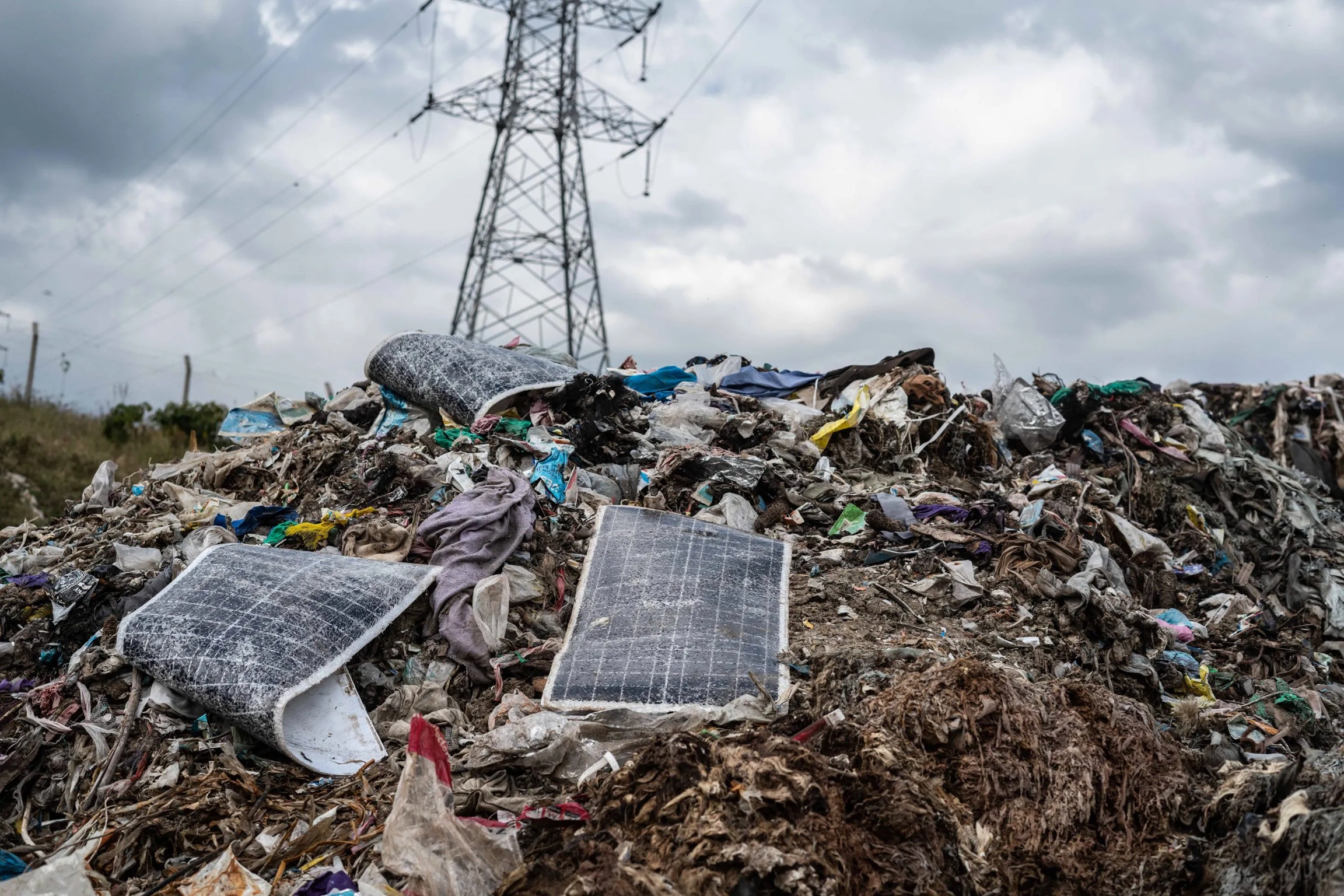Ewaste disposal has emerged as perhaps the most telling symptom of our digital age’s contradictions, revealing a civilisation that can engineer devices of extraordinary complexity yet struggles with the elementary task of managing their remains. History teaches us that societies are often judged not by their achievements but by their waste streams, and in this regard, our electronic detritus presents a damning indictment of modern consumption patterns.
Like the pottery shards that allow archaeologists to date ancient civilisations, our mountains of discarded electronics will undoubtedly serve as markers of the early 21st century. The difference is that whilst pottery fragments remain inert for millennia, electronic waste contains a cocktail of valuable and toxic materials that demand immediate attention.
The Mathematics of Digital Waste
The statistics surrounding electronic waste tell a story of exponential growth meeting institutional inertia. In 2022, humanity generated a staggering 62 million tonnes of electronic waste, a figure that has increased by 82% since 2010. To comprehend this scale, imagine 1.55 million 40-tonne trucks lined bumper-to-bumper around the Earth’s equator, each loaded with discarded phones, computers, televisions, and countless other electronic devices.
Yet the most troubling aspect of this digital avalanche is not its size but its trajectory. Electronic waste is rising five times faster than documented recycling efforts, creating a widening chasm between generation and responsible management. By 2030, projections indicate we shall produce 82 million tonnes annually, representing a 32% increase from current levels.
The global response to this challenge has been demonstrably inadequate:
• Only 22.3% of electronic waste was properly collected and recycled in 2022
• $62 billion worth of recoverable materials remains unaccounted for annually
• Less than 1% of rare earth element demand is met through electronic waste recycling
• The documented recycling rate is expected to decline to 20% by 2030
Singapore’s Regulatory Revolution
In examining responses to the electronic waste crisis, Singapore presents a particularly instructive case study. This city-state, generating approximately 60,000 tonnes of electronic waste annually, has implemented what may be the world’s most comprehensive approach to electronic waste disposal.
Singapore’s Extended Producer Responsibility system, operational since 1 July 2021, places disposal burden upon manufacturers and importers:
• Producers with outlets >300 square metres must establish in-store collection points
• Companies must organise free collection services for end-of-life products
• Mandatory registration required for all electronic equipment producers
• Financial responsibility assigned for collection and recycling costs
• 600 electronic waste bins strategically placed throughout urban areas
• Free take-back requirements for non-consumer electronic products
The Economic Paradox of Electronic Waste
The economic dimensions of electronic waste disposal reveal one of the modern era’s most perplexing paradoxes. Current global recovery statistics demonstrate the scale of this inefficiency:
• Electronic devices contain $91 billion worth of valuable materials annually
• Only $28 billion is recovered through current recycling systems
• $63 billion in materials lost to landfills and incineration each year
• Metals embedded include $19 billion copper, $15 billion gold, $16 billion iron
• Overall economic loss from poor management: $37 billion in 2022
• Proper recycling avoided 900 million tonnes of primary ore mining
• Environmental benefit: 93 million tonnes CO2-equivalent emissions prevented
The Toxicity Challenge
Electronic waste disposal involves confronting materials that pose significant health and environmental risks:
• Modern devices contain mercury, lead, cadmium, and brominated flame retardants
• Improper management releases up to 1,000 different chemical substances
• Toxic substances damage neurological systems and persist for decades
• Millions of women and children in informal recycling face hazardous exposures
• Low and middle-income countries bear disproportionate burden from illegal exports
Global Patterns and Regional Variations
The geography of electronic waste generation reveals stark disparities in consumption and management:
• Asia produces nearly half of all electronic waste globally
• China leads as the world’s largest electronic waste generator
• Europe generates highest per capita: almost 18 kilograms per person annually
• Wealthier nations export waste management challenges to developing countries
• Illegal shipments circumvent Basel Convention and Ban Amendment regulations
• Regional variations reflect broader patterns of economic development and consumption
Lessons from History and Pathways Forward
History suggests that civilisations succeed or fail based upon their ability to manage the consequences of their innovations. The electronic age has brought unprecedented benefits, but it has also created unprecedented waste streams that demand equally unprecedented solutions.
Singapore’s pioneering approach demonstrates that comprehensive electronic waste disposal systems are achievable through coordinated policy frameworks, industry engagement, and public participation. The island nation’s experience provides a template for other countries grappling with similar challenges.
The path forward requires recognising that electronic waste disposal is not merely a technical challenge but a fundamental test of our commitment to sustainable development. As we stand at the threshold of even greater electronic proliferation, with emerging technologies from artificial intelligence to electric vehicles creating new waste streams, the decisions we make today regarding electronic waste disposal will determine whether future generations inherit a manageable challenge or an insurmountable crisis that defines our legacy as thoroughly as any technological achievement we might claim regarding ewaste disposal.

